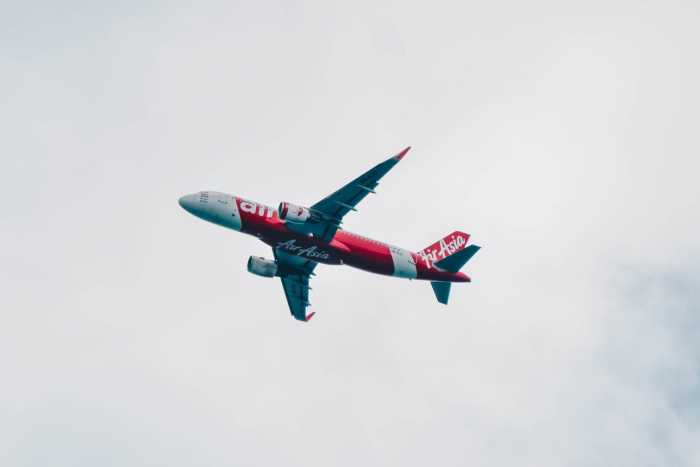
Thai Airlines to Reconstruct Network And Fleet Services
25th Mar 2015

The Thai Airways from a long-term point of view has decided to reconstruct their network and fleet services. This is due mostly to the fact that the Airways made losses of over USD 700 million in operating costs in just two years - 2013 and 2014.
Among the measures taken to achieve this restructuring is to quicken the termination of A340-600 and Boeing 747-400 aircraft as well as casting off of their freighter services.
The nation's flag carrier initially carried out their services in 15 long-haul destination but has now decided to terminate services in three of these. Over the next few months, the airways' networks are expected to reduce due to the step taken to shrivel out the wide body fleet to 17 aircraft.
As expected, most of the capacity cuts are deliberately directed towards European destinations due to the stiff competition from Gulf carriers. But more attention is anticipated to be shifted towards the Asia-Pacific region especially with Chinese and Japanese markets proving to be high-end targets due to their fast-growing nature. Several underachieving routes are also expected to be channeled to Thai Smile (the airline's regional subsidiary).
According to a market report prepared by CAPA, the airline made significant loses rather than profits. Compared to other flight offering services like Nok Air and Thai Lion, Thai Airways only made an improvement of 2% in 2014. The number of passengers for the whole year increased to 68 million.
The number of passengers in 2015 has decreased drastically prior to the initiative taken by the airline. This casts further doubts to whether this large overhaul of network and fleet reductions will yield any positive results.
The airline made more losses in 2014 compared to 2013 (USD 482 million from USD 392 million). The situation is set to escalate in 2015 but the Airways could receive a reprieve from the benefit of lower fuel prices and higher load factors.
The group now has the potential of growing into a more profitable company in the coming years if they make good their restructuring process.
The carrier should now be able to deal with market drops and losses as factors such as civil unrest which have hindered its growth in the past are now out of the way. The reconstruction is also expected to enable the airline deal with the growing competition from the European carriers.









